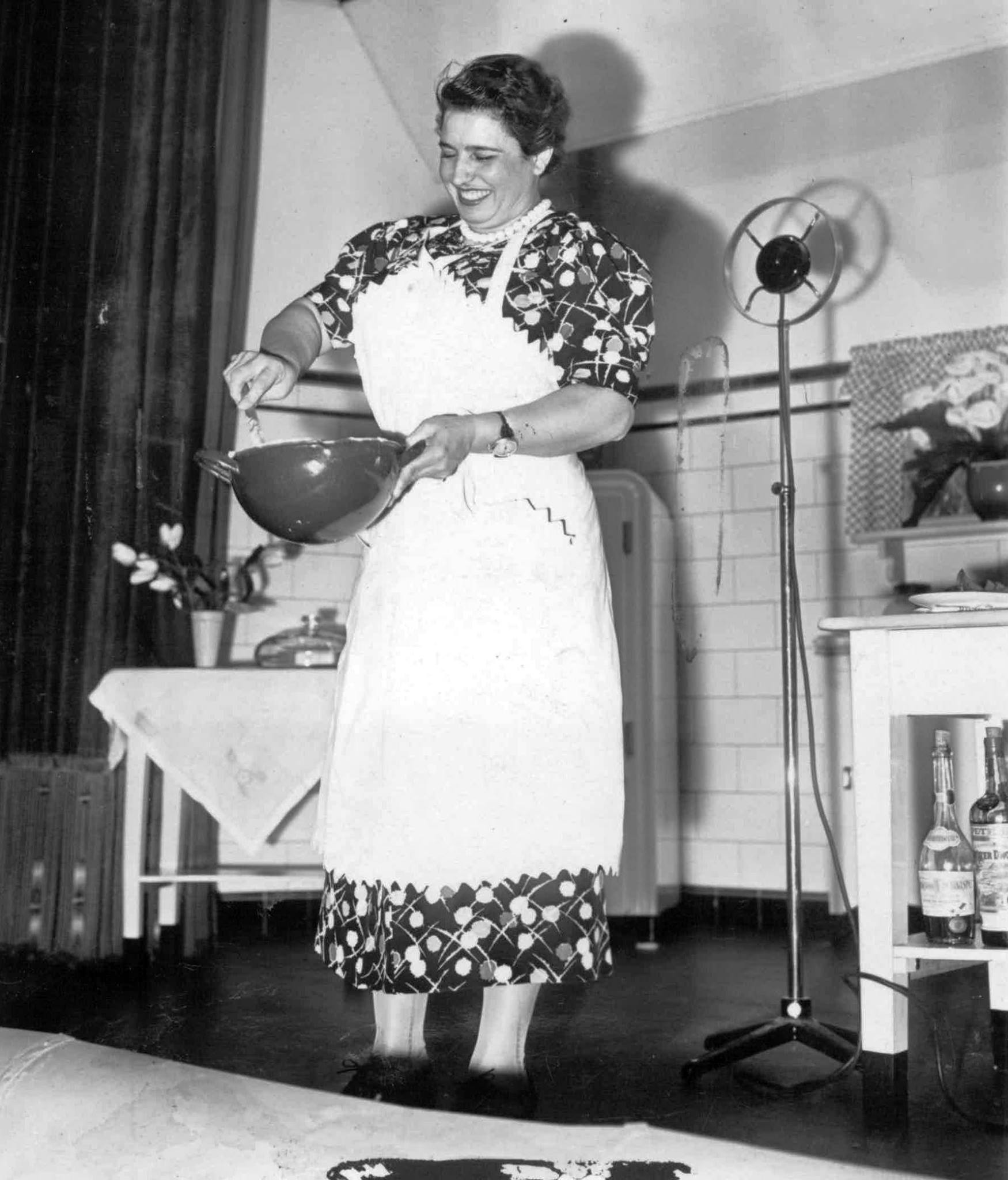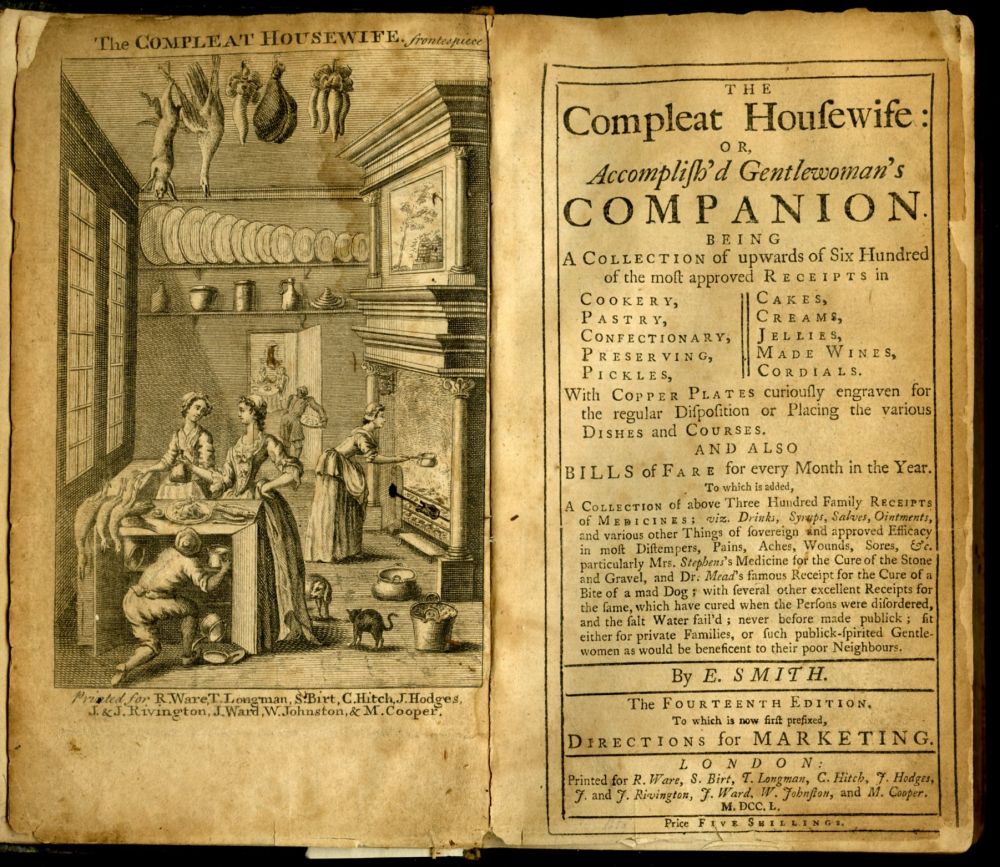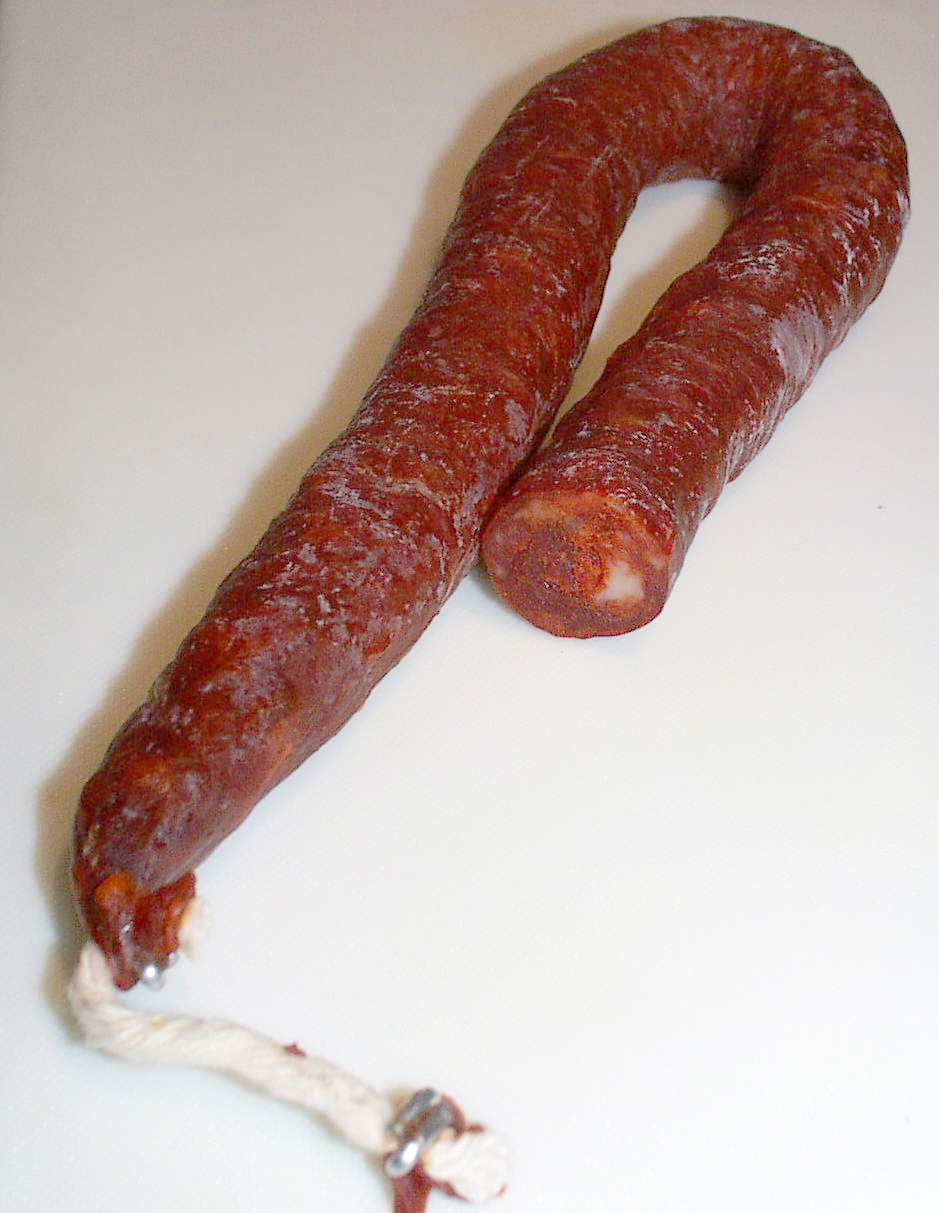|
Antonio Gonzaga
Antonio Gonzaga ( 1875, date of death unknown), also known as El Negro Gonzaga, was an Argentine chef and cookbook writer. His 1931 book, ''El cocinero práctico argentino'' ("The Practical Argentine Cookbook") is credited as the first cookbook published in Argentina. Early life and career Born in Corrientes into an Afro-Argentine family, Gonzaga was a third-generation cook; his grandfather, Luis Tomás, and his father, Horacio Luis, all worked as cooks and Antonio learned his skills from them. He later moved to Buenos Aires, where he worked at ''conventillos'' and learned typical ''gaucho'' dishes, and then became a cook at the Argentine Navy. He was later hired as head chef at the National Congress of Argentina. As cooking was deemed a "lesser job", usually reserved for houseworkers, it was not unusual for Black people to be relegated to the kitchen. Success During Theodore Roosevelt's 1913 state visit to Argentina, Gonzaga was selected to be head chef for the U.S. president's ... [...More Info...] [...Related Items...] OR: [Wikipedia] [Google] [Baidu] |
Corrientes
Corrientes (; Guaraní: Taragüí, literally: "Currents") is the capital city of the province of Corrientes, Argentina, located on the eastern shore of the Paraná River, about from Buenos Aires and from Posadas, on National Route 12. It has a population of 346,334 according to the 2010 Census. It lies opposite its twin city, Resistencia, Chaco. Corrientes has a mix of colonial and modern architecture, several churches and a number of lapacho, ceibo, jacaranda and orange trees. It is also home to one of the biggest carnival and chamamé celebrations in the country. The annual average temperature is . The annual rainfall is around . Transportation Located in the Argentine Littoral, near the Argentina–Paraguay border, the General Belgrano Bridge crosses the Paraná River which serves as the natural border with the neighbouring Chaco Province. On the other side of the bridge is Resistencia, capital of Chaco. To the west and up the Paraná, between Paraguay and Argen ... [...More Info...] [...Related Items...] OR: [Wikipedia] [Google] [Baidu] |
Television Chef
A celebrity chef is a kitchen chef who has become a celebrity. Today, chefs often become celebrities by presenting cookery advice and demonstrations, usually through the media of television and radio, or in printed publications. While television is ultimately the primary way for a chef to become a celebrity, some have achieved this through success in the kitchen, cook book publications, and achieving awards such as Michelin stars, while others are home cooks who won competitions. Celebrity chefs can also influence cuisines across countries, with foreign cuisines being introduced in their natural forms for the first time due to the work of the chef to inform their viewers. Sales of certain foodstuffs can also be enhanced, such as when Delia Smith caused the sale of white eggs across the UK to increase by 10% in what has since been termed the "Delia effect". Endorsements are also to be expected from a celebrity chef, such as Ken Hom's range of bestselling woks in Europe, but can ... [...More Info...] [...Related Items...] OR: [Wikipedia] [Google] [Baidu] |
Cookbook Writers
A cookbook or cookery book is a kitchen reference containing recipes. Cookbooks may be general, or may specialize in a particular cuisine or category of food. Recipes in cookbooks are organized in various ways: by course (appetizer, first course, main course, dessert), by main ingredient, by cooking technique, alphabetically, by region or country, and so on. They may include illustrations of finished dishes and preparation steps; discussions of cooking techniques, advice on kitchen equipment, ingredients, and substitutions; historical and cultural notes; and so on. Cookbooks may be written by individual authors, who may be chefs, cooking teachers, or other food writers; they may be written by collectives; or they may be anonymous. They may be addressed to home cooks, to professional restaurant cooks, to institutional cooks, or to more specialized audiences. Some cookbooks are didactic, with detailed recipes addressed to beginners or people learning to cook particular dishes o ... [...More Info...] [...Related Items...] OR: [Wikipedia] [Google] [Baidu] |
Argentine Food Writers
Argentines (mistakenly translated Argentineans in the past; in Spanish (masculine) or (feminine)) are people identified with the country of Argentina. This connection may be residential, legal, historical or cultural. For most Argentines, several (or all) of these connections exist and are collectively the source of their being ''Argentine''. Argentina is a multiethnic and multilingual society, home to people of various ethnic, religious, and national origins, with the majority of the population made up of Old World immigrants and their descendants. As a result, Argentines do not equate their nationality with ethnicity, but with citizenship and allegiance to Argentina. Aside from the indigenous population, nearly all Argentines or their ancestors immigrated within the past five centuries. Among countries in the world that have received the most immigrants in modern history, Argentina, with 6.6 million, ranks second to the United States (27 million), and ahead of other immi ... [...More Info...] [...Related Items...] OR: [Wikipedia] [Google] [Baidu] |
Afro-Argentine People
Afro-Argentines are people in Argentina of primarily Sub-Saharan African descent. The Afro-Argentine population is the result of people being brought over during the Atlantic slave trade, transatlantic slave trade during the centuries of Spanish domination in the region and immigration from Africa. During the 18th and 19th centuries they accounted for up to fifty percent of the population in certain cities, and had a deep impact on Culture of Argentina, Argentine culture. Some old theories held it that in the 19th century the Afro-Argentine population declined sharply due to several factors, such as the Argentine War of Independence (c. 1810–1818), high infant mortality rates, low numbers of married couples who were both Afro-Argentine, the Paraguayan War, War of the Triple Alliance, cholera epidemics in 1861 and 1864 and a yellow fever epidemic in 1871. Research in recent decades cites a strong racial intermixing with whites and amerindians in the 18th and 19th centuries as ... [...More Info...] [...Related Items...] OR: [Wikipedia] [Google] [Baidu] |
1870s Births
Year 187 ( CLXXXVII) was a common year starting on Sunday (link will display the full calendar) of the Julian calendar. At the time, it was known as the Year of the Consulship of Quintius and Aelianus (or, less frequently, year 940 ''Ab urbe condita''). The denomination 187 for this year has been used since the early medieval period, when the Anno Domini calendar era became the prevalent method in Europe for naming years. Events By place Roman Empire * Septimius Severus marries Julia Domna (age 17), a Syrian princess, at Lugdunum (modern-day Lyon). She is the youngest daughter of high-priest Julius Bassianus – a descendant of the Royal House of Emesa. Her elder sister is Julia Maesa. * Clodius Albinus defeats the Chatti, a highly organized German tribe that controlled the area that includes the Black Forest. By topic Religion * Olympianus succeeds Pertinax as bishop of Byzantium (until 198). Births * Cao Pi, Chinese emperor of the Cao Wei state (d. 226) ... [...More Info...] [...Related Items...] OR: [Wikipedia] [Google] [Baidu] |
La Capital (Mar Del Plata)
''La Capital'' is a local daily newspaper published in Mar del Plata, Argentina, founded in 1905. The newspaper was founded by Italian immigrant Victorio Tetamanti in 1905, its first edition being published on 25 May, on the 95th anniversary of the May Revolution. Tettamanti was a former steward at landowner Miguel Martinez de Hoz's ranch or ''estancia'' near Chapadmalal, then a rural area southwest of Mar del Plata. Tettamanti and Martinez de Hoz were both members of the ''Comite Mar del Plata'' ("Mar del Plata Comitee"), with strong links to the local upper class, and shared the same conservative ideology. The paper was instrumental to the election as Mar del Plata's mayor of Jose Heguilor, another member of the committee, in 1906. The municipality faced a series of crisis from 1906 to 1911, a period characterized by the collapse of locally-elected governments and direct rule by commissioners appointed by the province of Buenos Aires senate. In this new context, ''La Capital'' ... [...More Info...] [...Related Items...] OR: [Wikipedia] [Google] [Baidu] |
Mar Del Plata
Mar del Plata is a city on the coast of the Argentine Sea, Atlantic Ocean, in Buenos Aires Province, Argentina. It is the seat of General Pueyrredón Partido, General Pueyrredón district. Mar del Plata is the second largest city in Buenos Aires Province. The name "Mar del Plata" is a shortening of "Mar del Rio de la Plata," and has the meaning of "sea of the Rio de la Plata basin" or "adjoining sea to the (River) Plate region". Mar del Plata is one of the major fishing ports and the biggest seaside Balneario, beach resort in Argentina. With a population of 614,350 as per the , it is the List of cities in Argentina by population, 5th largest city in Argentina. Economy As part of the Argentine recreational coast, Tourism in Argentina, tourism is Mar del Plata's main economic activity with seven million tourists visiting the city in 2006. Mar del Plata has a sophisticated tourist infrastructure with numerous hotels, restaurants, casinos, theatres and other tourist attractions. ... [...More Info...] [...Related Items...] OR: [Wikipedia] [Google] [Baidu] |
Criollo People
In Hispanic America, criollo () is a term used originally to describe people of Spanish descent born in the colonies. In different Latin American countries the word has come to have different meanings, sometimes referring to the local-born majority. Historically, they have been misportrayed as a social class in the hierarchy of the overseas colonies established by Spain beginning in the 16th century, especially in Hispanic America. They were locally-born people–almost always of Spanish ancestry, but also sometimes of other European ethnic backgrounds. Criollos supposedly sought their own identity through the indigenous past, of their own symbols, and the exaltation of everything related to the American one. Their identity was strengthened as a result of the Bourbon reforms of 1700, which changed the Spanish Empire's policies toward its colonies and led to tensions between ''criollos'' and '' peninsulares''. The growth of local ''criollo'' political and economic stren ... [...More Info...] [...Related Items...] OR: [Wikipedia] [Google] [Baidu] |
Chitterlings
Chitterlings (), sometimes spelled chitlins or chittlins, are the small intestines of domestic animals. They are usually made from pigs' intestines. They may also be filled with a forcemeat to make sausage.'' Oxford English Dictionary'', 1st edition, updated March 2021''s.v.''/ref> Intestine from other animals, such as beef, lamb, and goat is also used for making chitterling. Etymology and early usage ''Chitterling'' is first documented in Middle English in the form , . Various other spellings and dialect forms were used. The primary form and derivation are uncertain. A 1743 English cookery book ''The Lady's Companion: or, An Infallible Guide to the Fair Sex'' contained a recipe for "Calf's Chitterlings" which was essentially a bacon and offal sausage in a calf's intestine casing. The recipe explained the use of calves', rather than the more usual pigs', intestines with the comment that " hesesort of... puddings must be made in summer, when hogs are seldom killed". This re ... [...More Info...] [...Related Items...] OR: [Wikipedia] [Google] [Baidu] |
Chorizo
Chorizo (, from Spanish ; similar to but distinct from Portuguese ) is a type of pork cured meat originating from the Iberian Peninsula. In Europe, chorizo is a fermented, cured, smoked meat, which may be sliced and eaten without cooking, or added as an ingredient to add flavor to other dishes. Elsewhere, some sausages sold as chorizo may not be fermented and cured, and require cooking before eating. Spanish and Portuguese are distinctly different products, despite both getting their smokiness and deep red color from dried, smoked, red peppers (/). Iberian chorizo is eaten sliced in a sandwich, grilled, fried, or simmered in liquid, including apple cider or other strong alcoholic beverages such as . It is also used as a partial replacement for ground (minced) beef or pork. Names The word ''chorizo'' probably comes from the Late Latin 'salted', via the Portuguese ; it is a doublet of the Spanish word 'sausage', which was transmitted through Italian . In Engl ... [...More Info...] [...Related Items...] OR: [Wikipedia] [Google] [Baidu] |






